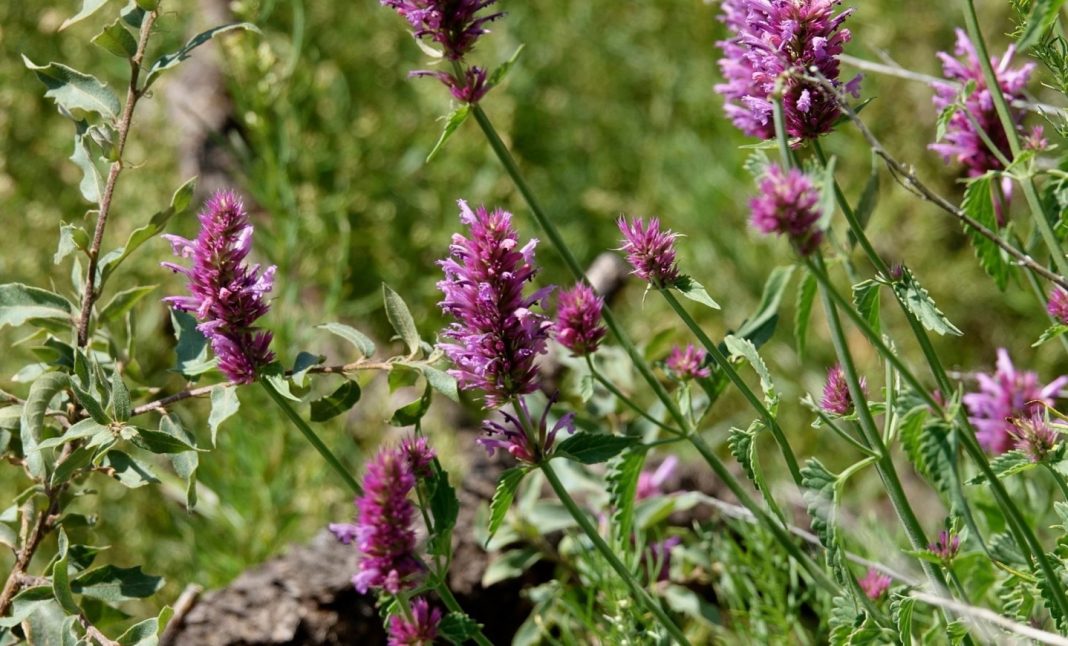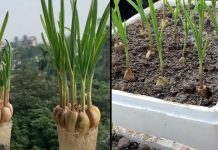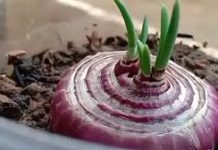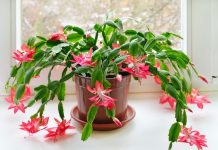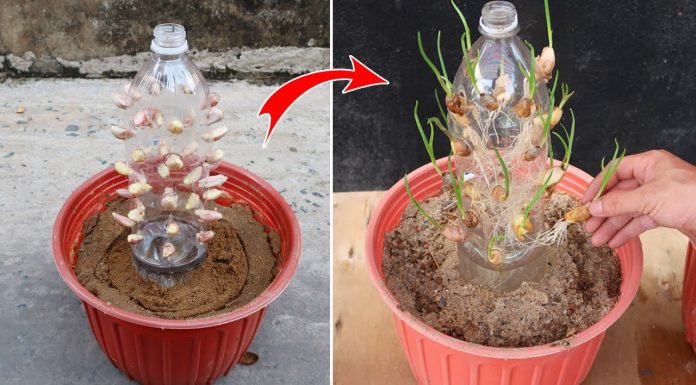Self Heal (Prunella Vulgaris): The Versatile Healer of Nature

Identification and Characteristics of Self-Heal
Recognizing Self-Heal is facilitated by its distinctive features: square stems, crowned with flower spikes ranging from green to reddish-brown, and adorned with tubular flowers in shades of purple. Its leaves, oval or lance-shaped with toothed edges, and stems are coated in fine hairs, adding to its unique allure.
Edible and Traditional Applications
Self-Heal’s leaves and flower buds are not only edible but also highly nutritious, lending themselves to a variety of culinary uses, from salads to herbal teas. Traditional medicine systems, including Chinese and European herbalism, have long revered Self-Heal for its cooling properties and efficacy in treating a spectrum of ailments, from liver issues to skin irritations.
Exploring Medicinal Properties and Modern Research
Modern scientific research has delved into Self-Heal’s medicinal properties, shedding light on its diverse therapeutic potential:
- Wound Healing: Self-Heal’s astringent and antimicrobial properties support wound healing, making it effective for sores, burns, and ulcers.
- Anti-inflammatory Effects: Rich in compounds like rosmarinic acid, Self-Heal offers relief from sore throats, inflamed tonsils, and various skin conditions.
- Antioxidant Activity: Self-Heal’s antioxidant content protects against oxidative stress, benefiting skin health and potentially slowing aging.
- Antimicrobial and Antiviral Properties: Studies suggest Self-Heal’s efficacy against bacteria, fungi, and viruses like herpes simplex.
- Potential Anti-Cancer Activities: Preliminary research indicates Self-Heal’s ability to inhibit certain cancer cell growth, though further studies are needed.
- Digestive and Respiratory Support: Self-Heal’s expectorant properties aid in respiratory health and soothe digestive discomfort.
- Cardiovascular Benefits: Emerging evidence points to Self-Heal’s positive impact on heart function and arterial health.
Constituents of Medicinal Interest
Self-Heal owes its therapeutic effects to a rich array of bioactive compounds, including tannins, rosmarinic acid, flavonoids, and ursolic and oleanolic acids.
Practical Applications and Cautions
Harnessing Self-Heal’s healing potential extends to various home remedies, from herbal teas to topical salves. However, prudent use is advised, especially for individuals on medication.
Practical Uses of Self-Heal:
- Herbal Tea: Brew for sore throats, mild digestive issues, and immune support.
- Topical Salve: Apply to cuts, bruises, insect bites, or rashes for healing and inflammation relief.
- Culinary Uses: Incorporate leaves and buds raw in salads or cooked as a nutrient-rich addition to meals.
- Herbal Infusion: Use as a wash for skin ailments or soothing rinse for minor eye irritations.
- Respiratory Syrup: Alleviate coughs and sore throats with a homemade Self-Heal syrup.
- Self-Heal Compress: Apply as a soothing compress for headaches or menstrual cramps.
Self-Heal, with its blend of tradition and modern science, epitomizes nature’s profound healing potential, offering a treasure trove of remedies for holistic well-being.


